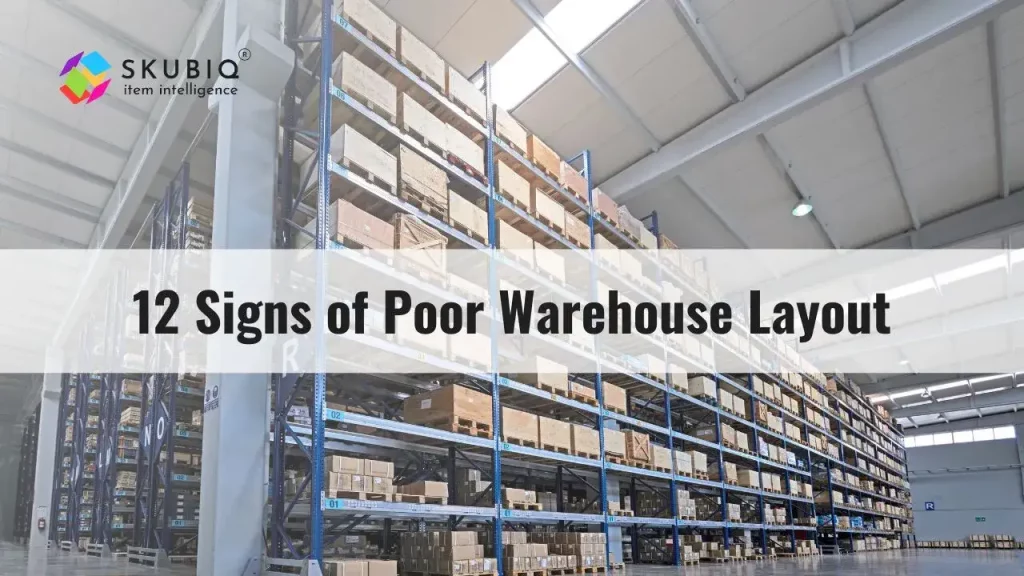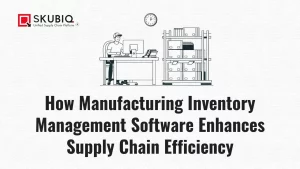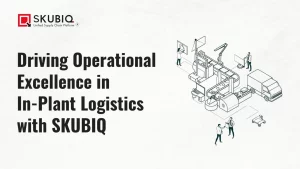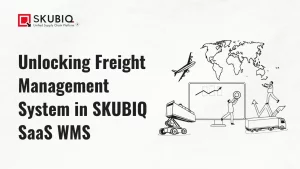A well-organized warehouse is the backbone of efficient logistics and supply chain operations. A poorly laid out warehouse, on the other hand, can lead to numerous inefficiencies, increased costs, and operational headaches. Here, we delve into the 12 signs of poor warehouse layout that could be hampering your operations and suggest ways to rectify these issues to enhance productivity and streamline processes.
1. Inefficient Use of Space
A clear indicator of a poor warehouse layout is the inefficient use of space. Warehouses should maximize vertical space with appropriate racking systems and minimize wasted floor space. If aisles are too wide, you are wasting valuable storage area; if they are too narrow, it hampers movement and safety. Solutions:
- Implement high-density storage solutions such as narrow aisle racking.
- Use mezzanine flooring to utilize vertical space.
- Regularly review and adjust the layout to ensure optimal space utilization.
2. Disorganized Inventory Management
If items are frequently misplaced or difficult to locate, it signifies a disorganized inventory system. This not only delays order fulfillment but also increases the likelihood of errors. Solutions:
- Adopt a barcode or RFID system for real-time tracking.
- Implement an organized bin location system.
- Conduct regular inventory audits to ensure accuracy.
3. Poor Workflow Design
An effective warehouse layout should facilitate a smooth and logical flow of goods from receiving to shipping. Poor workflow design can cause bottlenecks, increasing the time and effort required to move items. Solutions:
- Map out the flow of goods and identify any inefficiencies.
- Rearrange workstations to minimize unnecessary movements.
- Use conveyor systems or automated guided vehicles (AGVs) for efficient transport of goods.
4. Inadequate Picking Paths
If pickers have to travel long distances or follow convoluted paths to fulfill orders, it is a sign of a poorly designed picking route. This increases labor costs and reduces picking efficiency. Solutions:
- Implement a zone-picking or batch-picking strategy.
- Design picking paths that minimize travel time.
- Use pick-to-light or voice-picking systems to streamline the process.
5. Lack of Flexibility
A rigid warehouse layout that cannot adapt to changes in inventory levels, product types, or order volumes can quickly become inefficient. Flexibility is crucial to handle fluctuations and new demands. Solutions:
- Use modular racking systems that can be easily reconfigured.
- Implement a dynamic slotting strategy to adjust storage locations based on demand.
- Invest in scalable technology solutions.
6. Safety Hazards
Safety should be a top priority in any warehouse. Poor layout can lead to safety hazards such as blocked fire exits, inadequate lighting, or unsafe storage practices, increasing the risk of accidents. Solutions:
- Ensure clear signage and labeling throughout the warehouse.
- Conduct regular safety audits and training sessions.
- Maintain clear, unobstructed aisles and emergency exits.
7. Excessive Handling of Goods
Frequent handling of goods increases the risk of damage and delays. If items need to be moved multiple times before reaching their final destination, it’s a sign of an inefficient layout. Solutions:
- Streamline processes to reduce handling.
- Use direct putaway methods where possible.
- Implement cross-docking to minimize storage time.
8. Insufficient Dock Area
A cramped or poorly organized dock area can lead to delays in loading and unloading goods, causing a bottleneck in the supply chain. This is often a sign of poor layout planning. Solutions:
- Designate separate areas for different activities (receiving, shipping, staging).
- Optimize dock scheduling to avoid congestion.
- Invest in dock management systems to streamline operations.
9. Poor Use of Technology
A warehouse that does not leverage modern technology is likely to face operational inefficiencies. Technology can greatly enhance inventory management, picking accuracy, and overall productivity. Solutions:
- Implement a Warehouse Management System (WMS) to automate processes.
- Use data analytics to track performance and identify areas for improvement.
- Integrate Internet of Things (IoT) devices for real-time monitoring.
10. Lack of Standardization
Standardized procedures and layouts ensure consistency and efficiency. A lack of standardization can lead to confusion, errors, and inefficiencies. Solutions:
- Develop standard operating procedures (SOPs) for all warehouse activities.
- Ensure consistent training for all staff members.
- Regularly review and update procedures to incorporate best practices.
11. Poor Communication Channels
Effective communication is essential for smooth warehouse operations. Poor layout can hinder communication, leading to delays and misunderstandings. Solutions:
- Implement clear communication protocols.
- Use technology such as mobile devices and intercom systems to facilitate communication.
- Hold regular meetings to address issues and improve coordination.
12. Inadequate Lighting and Ergonomics
Insufficient lighting and poor ergonomic design can affect worker productivity and safety. A well-lit and ergonomically friendly environment is crucial for efficient operations. Solutions:
- Install adequate lighting throughout the warehouse.
- Use ergonomic equipment and workstations to reduce strain on workers.
- Conduct regular assessments to improve the work environment.
By addressing these 12 signs of poor warehouse layout, you can significantly enhance the efficiency, safety, and productivity of your warehouse operations. Continuous evaluation and optimization of the layout are essential to keep up with the ever-changing demands of the supply chain industry.
FAQs (Frequently Asked Questions)
1. What are the main indicators of a poor warehouse layout?
Key indicators include inefficient use of space, disorganized inventory management, poor workflow design, safety hazards, and excessive handling of goods.
2. How can I improve the use of space in my warehouse?
Utilize high-density storage solutions, maximize vertical space with racking systems, and regularly review the layout to ensure optimal space utilization.
3. What strategies can enhance picking efficiency?
Implement zone or batch picking strategies, design efficient picking paths, and use technology like pick-to-light or voice picking systems.
4. Why is flexibility important in a warehouse layout?
Flexibility allows the warehouse to adapt to changes in inventory levels, product types, and order volumes, ensuring continuous efficiency.
5. How can technology improve warehouse operations?
Technology such as Warehouse Management Systems (WMS), RFID tracking, and IoT devices can enhance inventory management, picking accuracy, and overall productivity.



